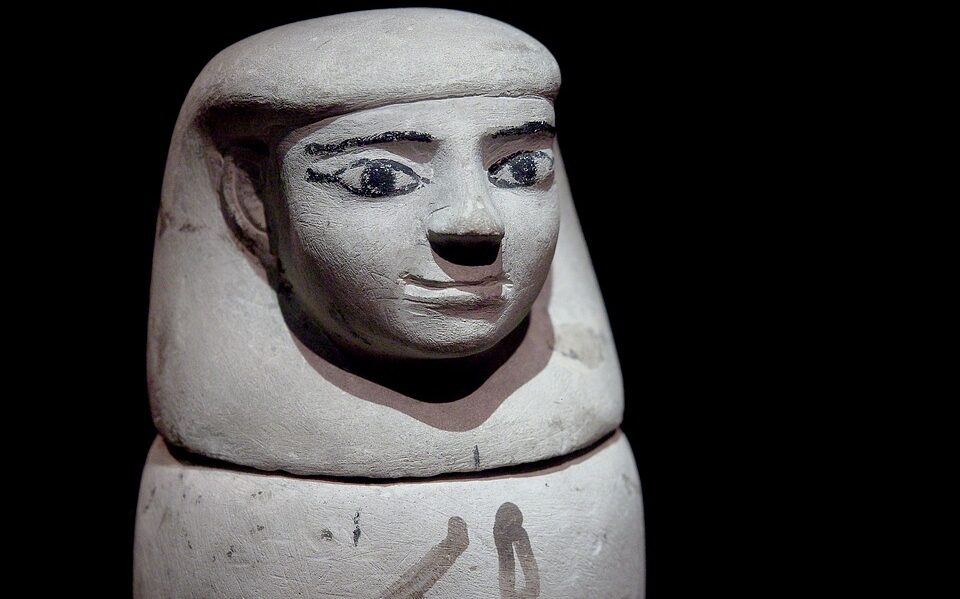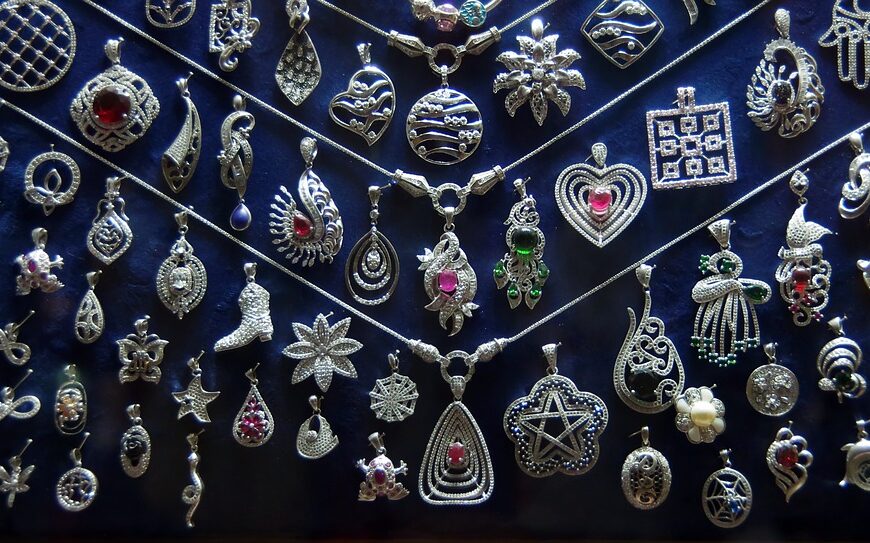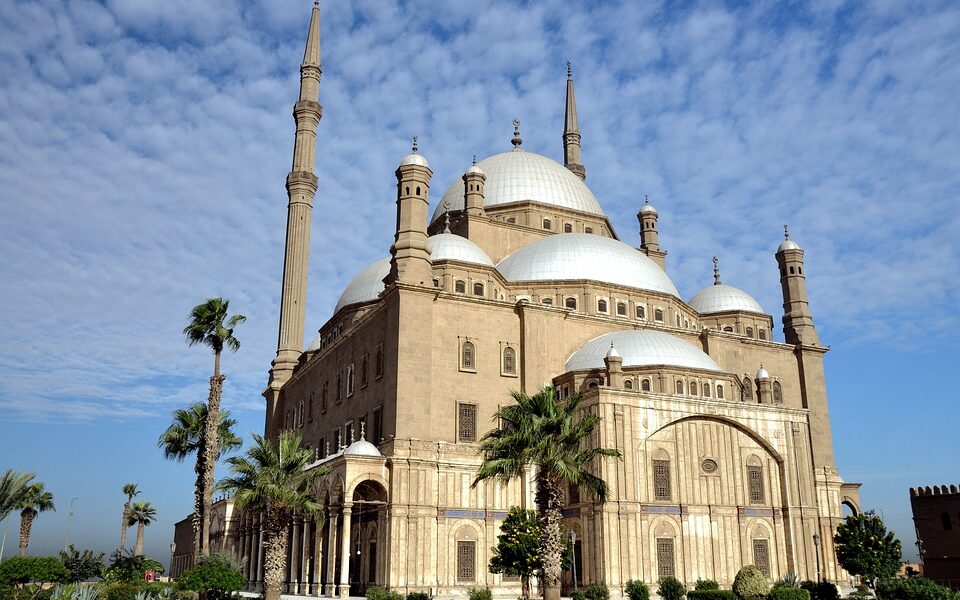Egypt is known as the land of the pyramids, but Egyptian culture is by no means limited to them alone.

Egyptian pottery is very diverse and is divided generally into two types: earthenware and faience. Earthenware has been known in Egypt since the beginning of the Neolithic period. Earthenware is one of the achievements of the artistic crafts of Egypt. Since the first dynasty there have been earthenware beads and small round gaming tables. In addition to decorative elements of architecture, the Egyptians made a wide variety of products from earthenware: necklaces, canopes, statuettes for burials, vessels for incense, cups and bowls. It is possible to consider the Egyptians as the first manufacturers of glass. The Egyptians never sought the transparency of the material.

Jewelry and jewelry making also belonged to the number of artistic crafts in which the Egyptians reached high perfection. The royal breast ornaments are typical works of Egyptian art. During the classical period of Egyptian history, jewelers achieved virtuoso perfection in technique that has never been surpassed afterwards. For example, they were remarkable chaser and were able to achieve a layer of metal 20 times thinner than the thinnest layer achieved today. They used casting, molding, soldering, and forging. They used notching, engraving, stamping gilding, embossing, inlaying, graining, etching and coloring to inscribe ornaments.
The Egyptians made mainly only furniture from wood. Flax was the main textile raw material.
Sculpture in Egypt appeared in connection with religious requirements and developed depending on them. The eyes were often inlaid with bronze and stones. The bodies of statues were made exaggeratedly powerful and developed, giving the statue a solemn elevation. The statues were made into tombs. They also played a big role in architectural decoration of temples: they edged the roads leading to the temple, stood at pylons, in courtyards and inner rooms. The statues had great architectural and decorative value and differed from the purely cultic ones. They were made in large sizes, interpreted in a generalized way.

Egypt is rich in its architecture. Many sites in this country are listed as a UNESCO World Heritage Site. From the ancient world have survived the ruins of the ancient city of Memphis and its cemetery, located south of Cairo, near the pyramids of Giza; the city and burial in Thebes in Upper Egypt, the villages of Karnak and Luxor; and several other ancient monuments of Egypt. The old city of Cairo is often called “Islamic Cairo” – it is overflowing with mosques, Islamic schools, baths, and fountains. In Alexandria and Cairo you can see a large number of mansions, hotels in the European style. Western influence is also reflected in public buildings, such as the Egyptian Museum in Cairo. In 2002 the Library of Alexandrin was opened on the site of the ancient Library of Alexandria.